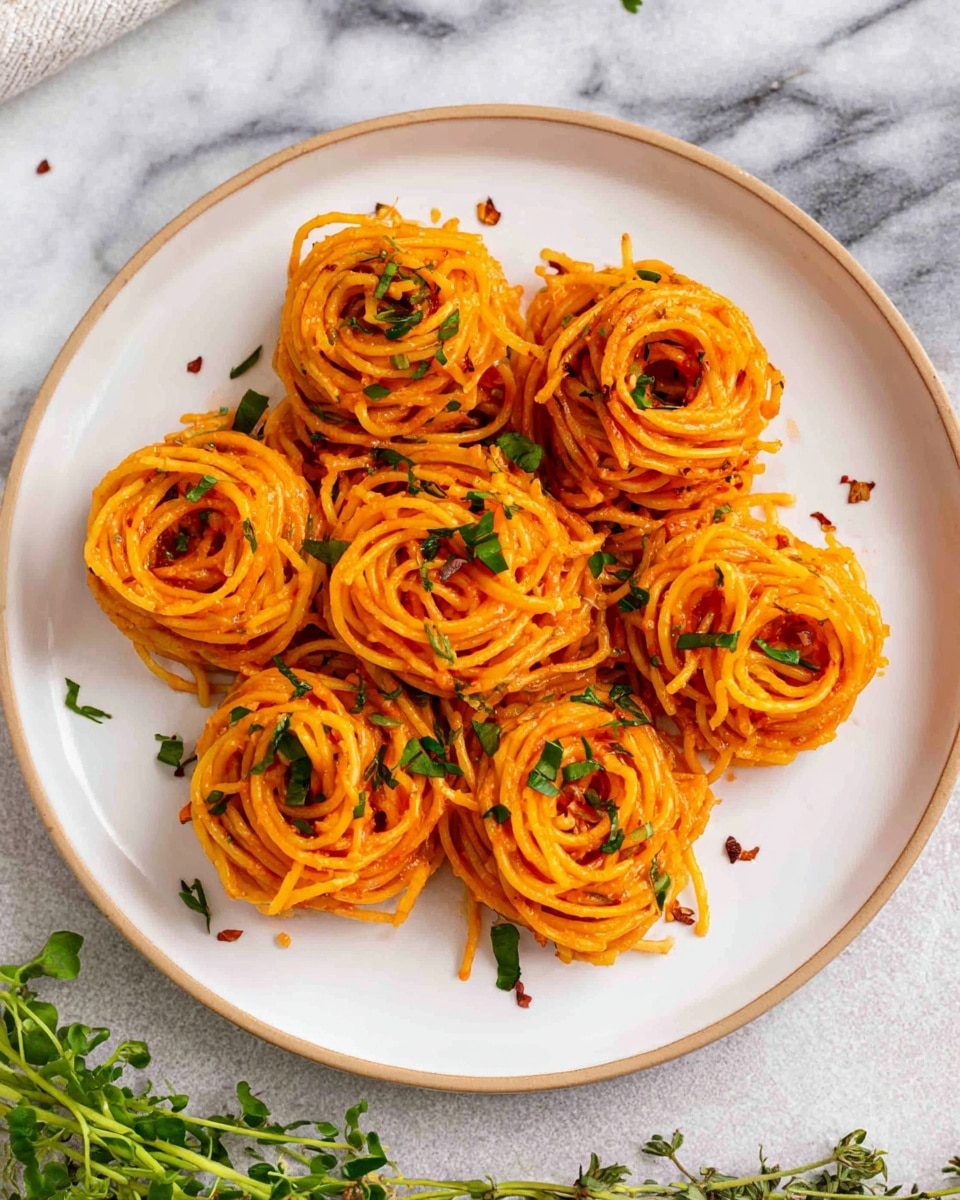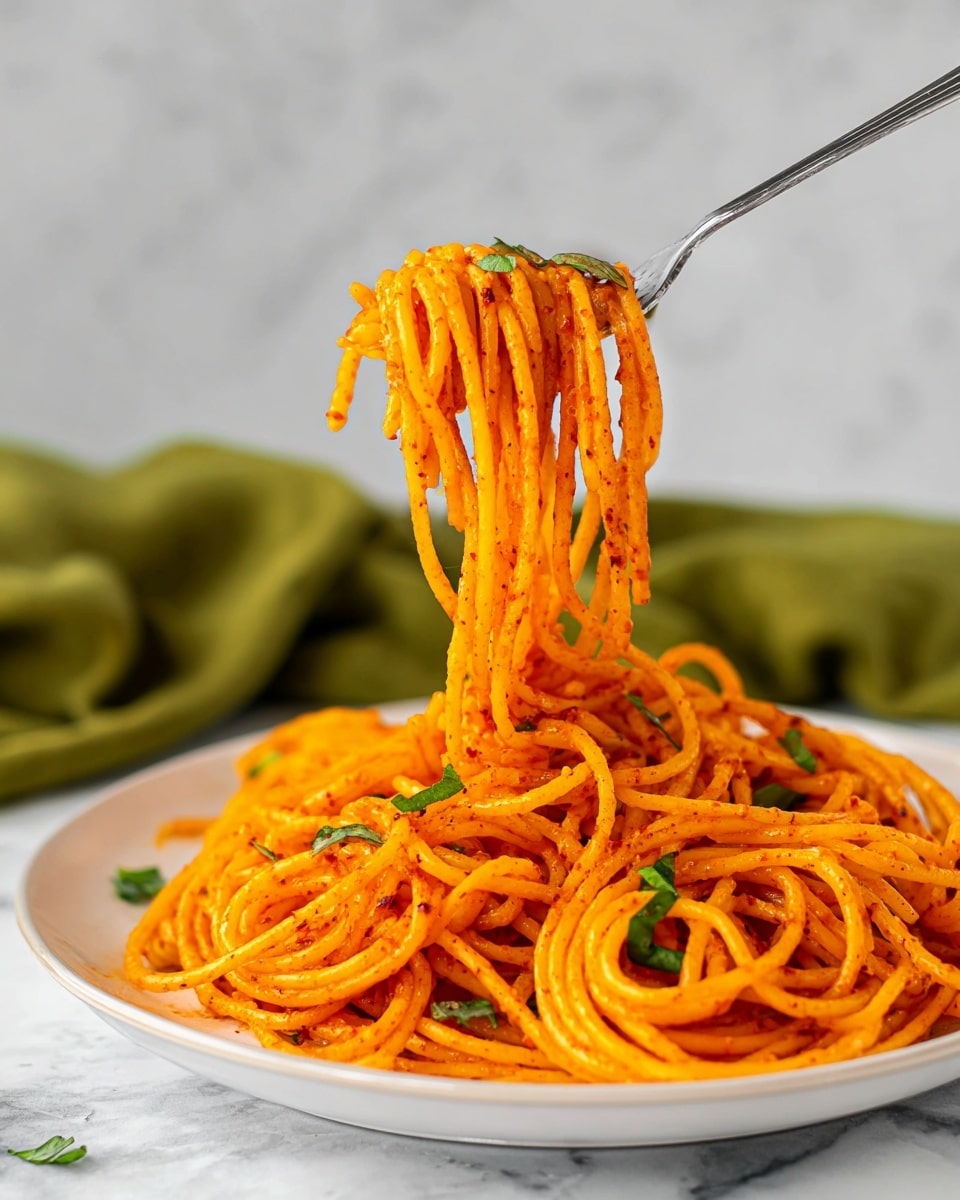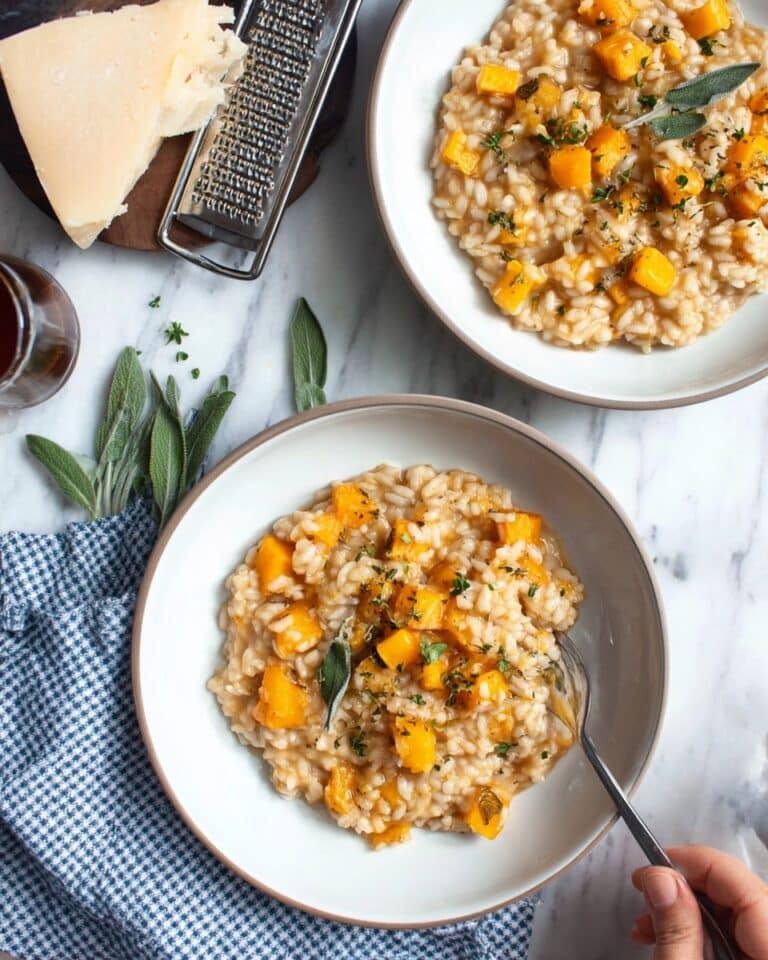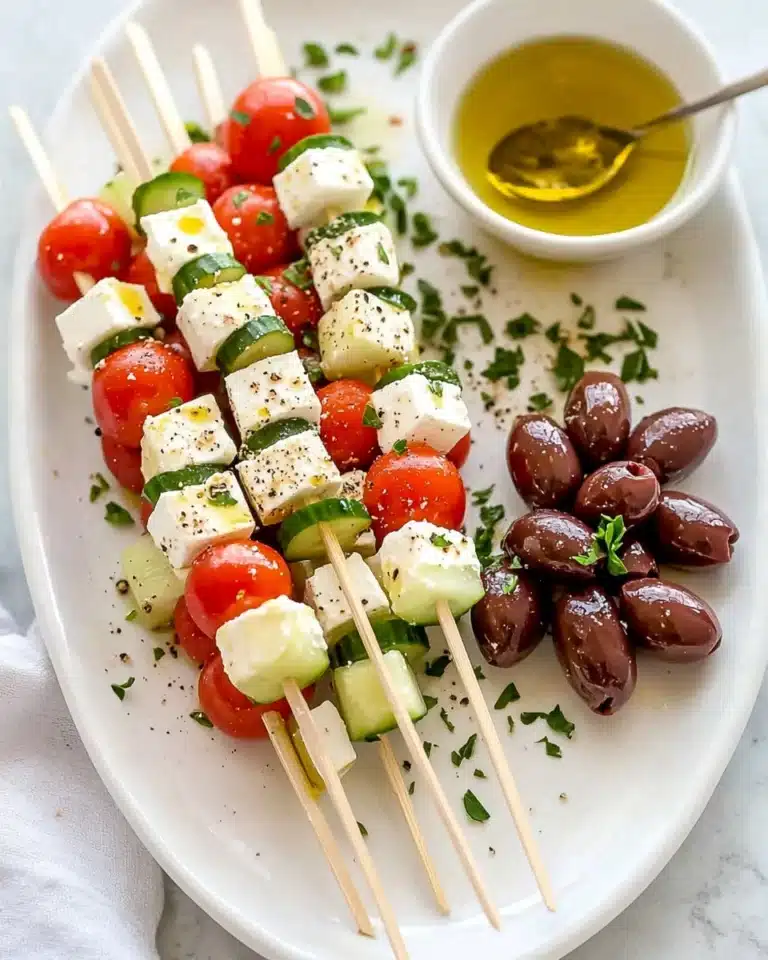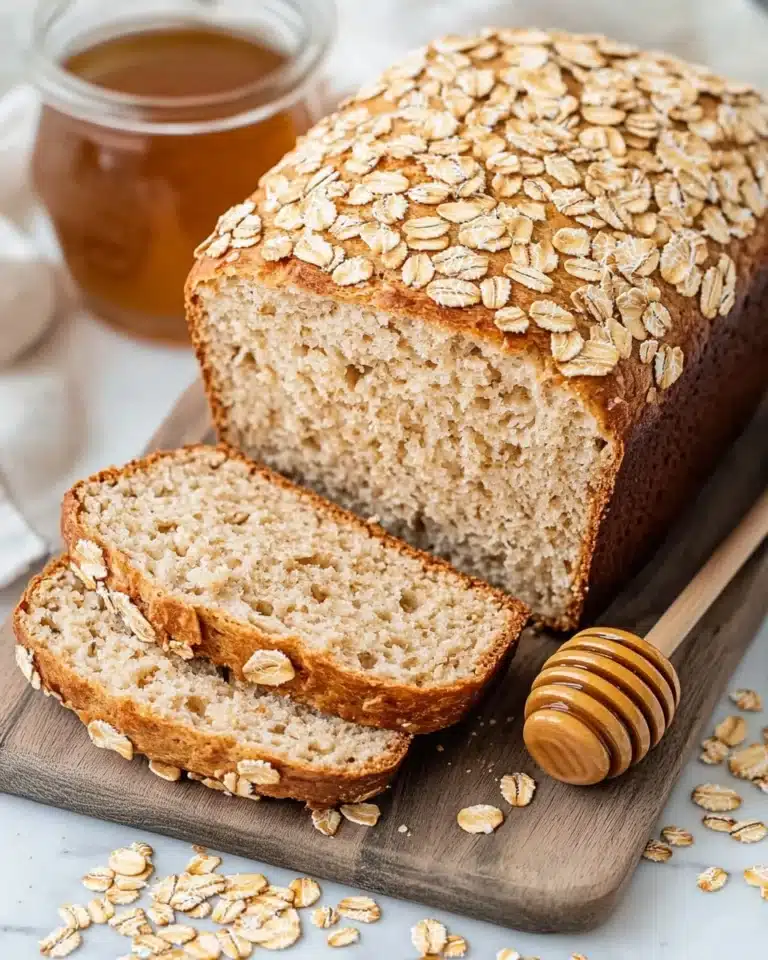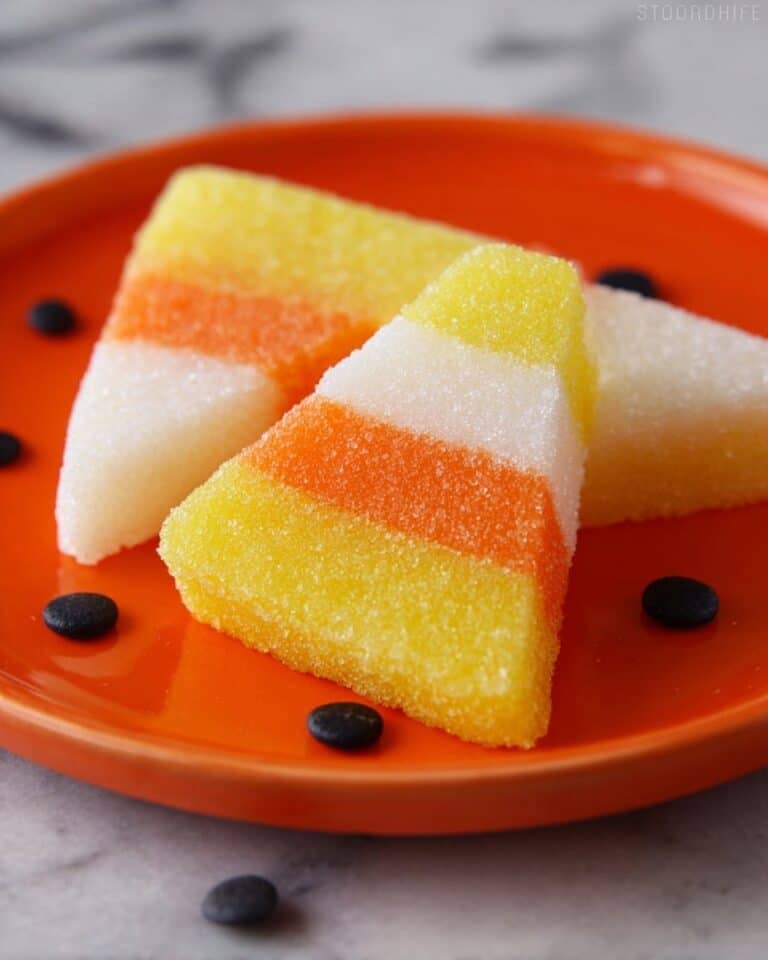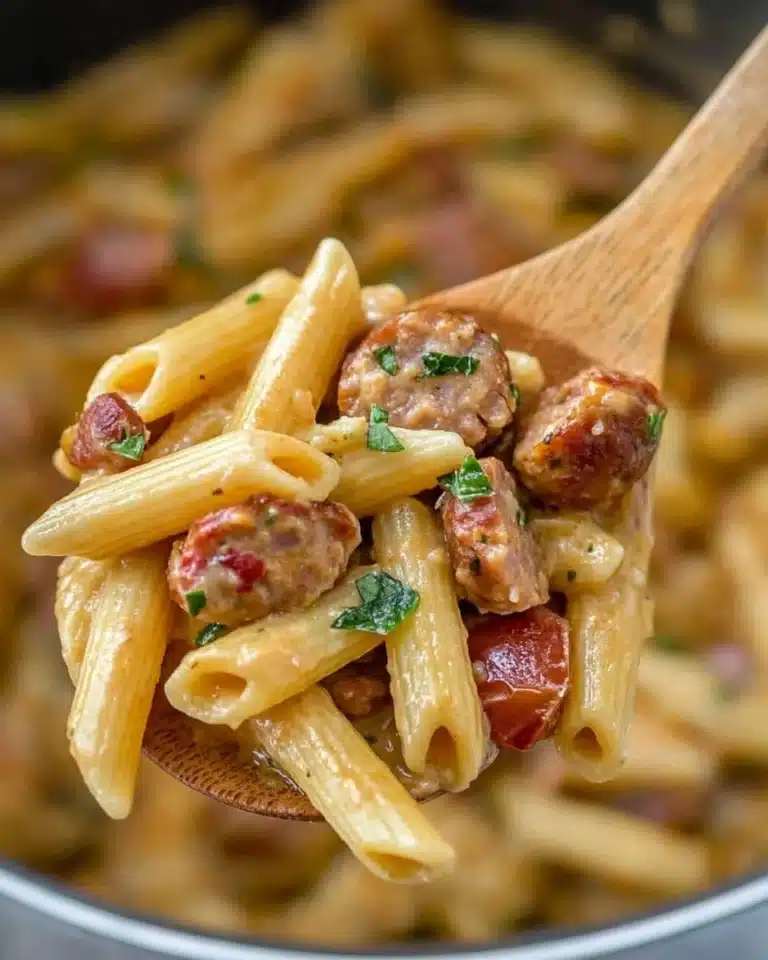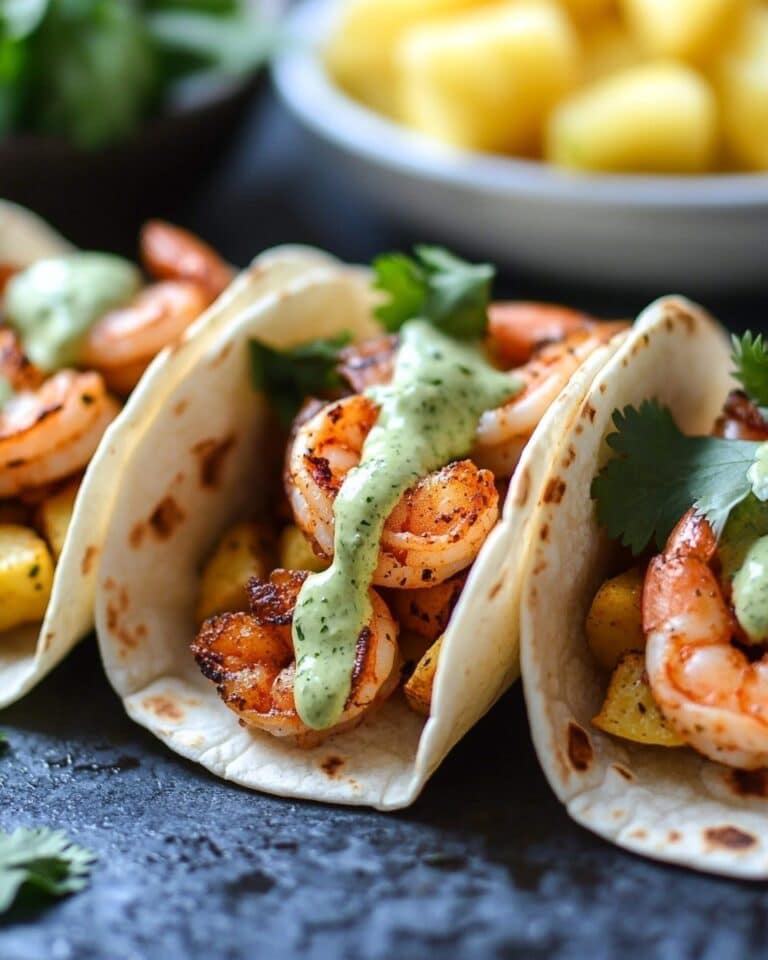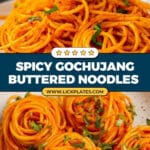If you’re craving something quick, comforting, and packed with a bold kick of flavor, you’re going to adore this Gochujang Buttered Noodles Recipe. It’s one of those dishes that feels like pure magic when simple ingredients come together—spaghetti coated in a silky, spicy-sweet gochujang butter sauce that’s absolutely irresistible. Trust me, this recipe has become my go-to for nights when I want something fuss-free but still totally satisfying and full of personality.
Why You’ll Love This Recipe
- Fast and Simple: Ready in under 25 minutes, perfect for busy weeknights or last-minute cravings.
- Bold Flavors: The gochujang paste adds a spicy-sweet depth that’s balanced with buttery richness.
- Versatile Comfort Food: Works beautifully with different noodles and can be made vegan or dairy-based.
- Crowd-Pleaser: My family goes crazy for this every time I make it—it’s a dependable hit!
Ingredients You’ll Need
Each ingredient in this Gochujang Buttered Noodles Recipe plays its part beautifully. The salty pasta water, rich butter, and spicy-sweet gochujang sauce come together for a dish that’s simple but far from boring. Here’s what I always make sure to pick up or have stocked when I’m making this.
- Kosher salt: Use this to season your boiling water; it helps the pasta cook perfectly and brings out flavor.
- Spaghetti (or other long noodles): I usually go with spaghetti, but thick Asian noodles like udon work wonderfully too for a chewier bite.
- Vegan butter (or dairy butter): Butter is essential here—makes the sauce luscious and rich. Vegan butter keeps it plant-based without compromise.
- Garlic cloves: Minced garlic provides that wonderful aromatic base and toasty flavor.
- Gochujang paste: This Korean chili paste is spicy, sweet, and umami-packed—definitely not just your average hot sauce.
- Rice vinegar (or sherry vinegar): Adds a tangy brightness that balances out the richness.
- Agave syrup: A touch of sweetness softens the spice and brings everything into harmony.
- Scallions and cilantro: Fresh herbs to garnish with a pop of herbal freshness and color.
- Black pepper: For seasoning to taste and a little extra heat if you like.
Variations
This Gochujang Buttered Noodles Recipe is like a blank canvas—you can tweak it to suit your mood, dietary needs, or whatever you have on hand. I love experimenting with different toppings and noodle types, so feel free to make it your own.
- Protein Add-Ins: I’ve thrown in tofu cubes or shrimp before, lightly pan-fried, for a heartier meal.
- Noodle Swap: Subbing spaghetti for ramen or udon noodles adds interesting textures and makes the dish feel more authentic Asian-inspired.
- Heat Level: If you like it spicier, add a dash of chili flakes or extra gochujang; less heat? Use milder chili paste or reduce the amount.
- Non-Vegan Version: I’ve used good-quality salted butter sometimes instead of vegan for a richer, creamier finish — just depends on your preference.
How to Make Gochujang Buttered Noodles Recipe
Step 1: Cook Your Pasta Perfectly
Start by bringing a large pot of salted water to a boil — about 3 tablespoons of kosher salt in plenty of water does the trick. Add your spaghetti and cook until just al dente, following the package instructions closely. I like to reserve a cup of that starchy pasta water before draining it; it’s pure gold for adjusting sauce consistency later. Return the drained noodles to the pot and let them sit while you whip up your sauce.
Step 2: Build the Flavor Base with Garlic Butter and Gochujang
Warming up 2 tablespoons of butter in a skillet over medium-low heat is where things start smelling amazing. Add the minced garlic and gently cook for about a minute until it’s golden and fragrant—but watch it closely so it doesn’t burn. Next, stir in the gochujang paste, rice vinegar, and agave syrup. Bring this mixture to a gentle simmer, stirring constantly for a minute to marry the flavors. Then remove it from heat—you want that sauce vibrant and fresh, not overcooked.
Step 3: Toss Noodles and Finish with Butter and Seasoning
Pour the gochujang butter sauce right into the pot with your noodles, along with the last tablespoon of butter. Stir everything well until that butter melts and every strand is silky and glossy with sauce. If the sauce feels too thick or sticky, add a splash of your reserved pasta water to loosen it up—this is a game-changing trick I discovered that keeps every bite perfectly coated without being clumpy. Finish by seasoning with salt and pepper to taste, then toss in fresh chopped scallions and cilantro for a burst of brightness.
Pro Tips for Making Gochujang Buttered Noodles Recipe
- Reserve Pasta Water: This salty, starchy water helps adjust sauce thickness perfectly—don’t skip it!
- Don’t Overcook Garlic: Aim for golden but not browned to avoid bitterness and maximize flavor.
- Taste and Adjust: The balance between sweet, spicy, and tangy is personal, so tweak the agave or vinegar to your liking.
- Use Quality Gochujang: A good paste really elevates the dish—avoid gochujang sauce which is thinner and less concentrated.
How to Serve Gochujang Buttered Noodles Recipe
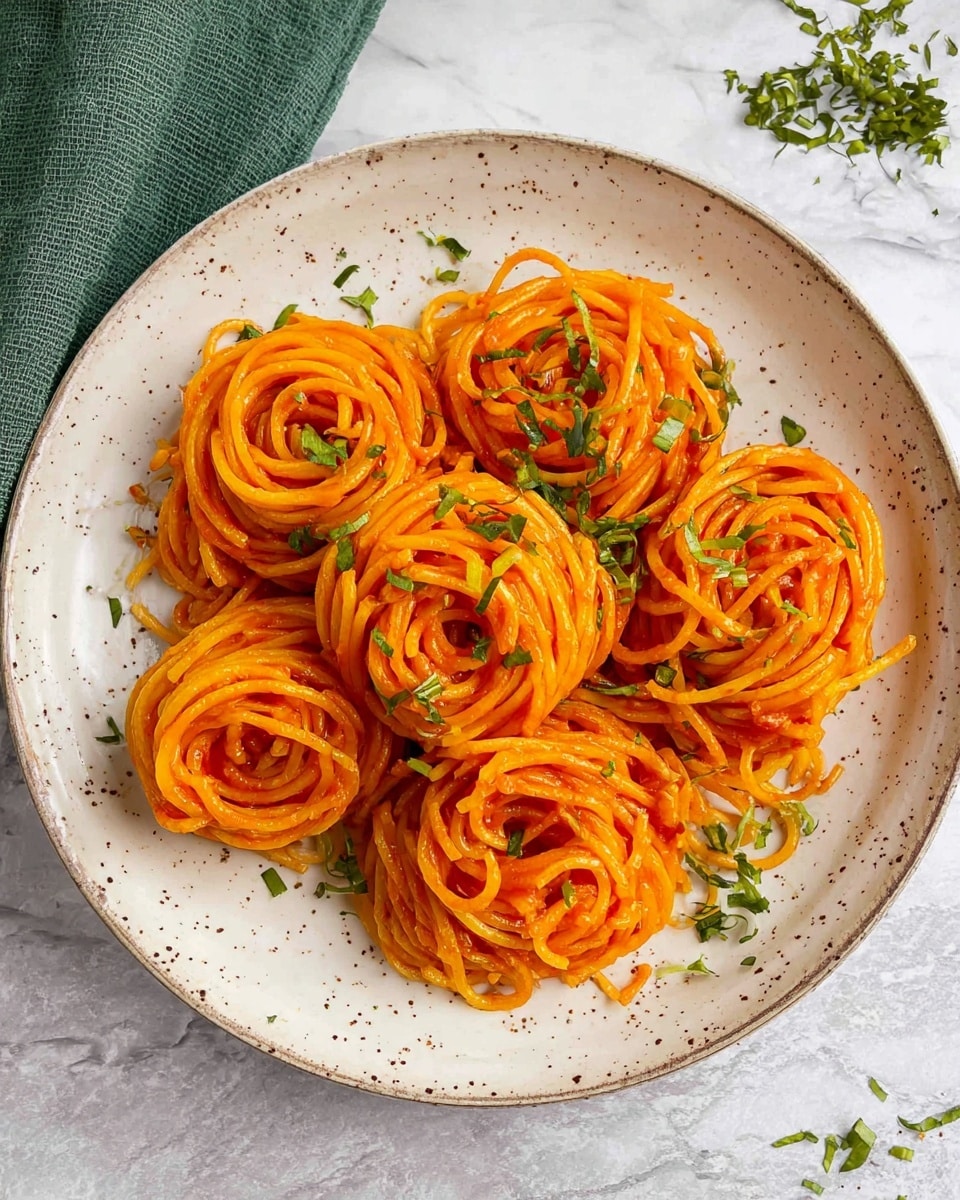
Garnishes
I personally love a generous sprinkle of freshly chopped scallions and cilantro to brighten the rich noodles. If you want some extra crunch, toasted sesame seeds or crushed peanuts can be lovely additions, giving texture contrast and nutty depth. A squeeze of lime on top is wonderful if you want a little extra zing!
Side Dishes
To round out the meal, I often serve these noodles alongside simple cucumber kimchi or quick pickled vegetables for refreshment and acidity. A crisp green salad dressed in sesame oil and soy works great too, balancing the indulgent buttery sauce.
Creative Ways to Present
For a fun dinner party, I like to serve the noodles in individual bowls garnished with edible flowers and microgreens—it feels special without much fuss. Or you can plate the noodles in a nest shape topped with a soft-boiled egg and a drizzle of chili oil for an elevated bowl experience that always impresses guests.
Make Ahead and Storage
Storing Leftovers
If you find yourself with leftovers (which does happen sometimes, despite how tempting it is to eat it all right away), store them in an airtight container in the fridge. I usually add a tiny splash of water or extra butter before reheating to keep the noodles from drying out and clumping together.
Freezing
I’ve tried freezing this dish before, but I recommend eating it fresh when possible because the texture of buttered noodles can get a bit gummy once frozen and thawed. If you do freeze, separate the sauce and noodles before freezing, then combine and gently reheat.
Reheating
To reheat, gently warm the noodles in a skillet with a tablespoon of butter or a splash of water over medium-low heat, stirring frequently until warmed through and silky again. Microwave works in a pinch, but I find stovetop reheating keeps the best texture.
FAQs
-
Can I use other types of noodles for this Gochujang Buttered Noodles Recipe?
Absolutely! While spaghetti works great, you can swap in udon, ramen, or even rice noodles depending on what you have. Just adjust the cooking time based on the noodle type and texture you prefer.
-
Is gochujang paste spicy?
Gochujang has a moderate heat level that’s balanced with sweetness and umami. It’s more complex than just spicy—think spicy-sweet-savory—and you can control the heat by adjusting the amount you use in the recipe.
-
Can this Gochujang Buttered Noodles Recipe be made vegan?
Yes! Using vegan butter instead of dairy butter makes this recipe completely plant-based while keeping that creamy, buttery texture we all love.
-
How do I adjust the sauce if it’s too thick or dry?
Adding small amounts of the reserved pasta cooking water little by little is key—it loosens the sauce while helping it cling beautifully to the noodles without being too runny.
Final Thoughts
Honestly, this Gochujang Buttered Noodles Recipe has won over even the pickiest eaters in my life—and I love it because it feels decadent but comes together in practically no time. Once you make it a couple of times, you’ll get a feel for balancing the sweet, tangy, and spicy flavors just the way you like, and trust me: it becomes a fixture in your regular dinner rotation. So grab your favorite noodles and that jar of gochujang, and give this a go—you won’t regret it!
Print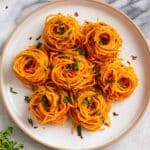
Gochujang Buttered Noodles Recipe
- Prep Time: 15 minutes
- Cook Time: 10 minutes
- Total Time: 25 minutes
- Yield: 4 servings
- Category: Main Course
- Method: Stovetop
- Cuisine: Korean Fusion
- Diet: Vegan
Description
Gochujang Buttered Noodles is a quick and flavorful dish featuring tender spaghetti tossed in a spicy, sweet, and tangy Korean chili butter sauce made with gochujang paste, garlic, vinegar, and agave syrup. Garnished with fresh scallions and cilantro, this recipe delivers bold flavors in under 25 minutes, perfect for a satisfying weeknight meal.
Ingredients
Pasta and Salt
- 3 tbsp kosher salt (for salting water)
- ½ lb spaghetti (or other long pasta, or long Asian noodles like udon or ramen)
Sauce
- 3 tbsp vegan butter (divided, or dairy butter if not vegan)
- 6 minced garlic cloves
- Kosher salt and black pepper (to taste)
- 2 tbsp gochujang paste (not sauce)
- 2 tbsp rice vinegar (or sherry vinegar)
- 1 ½ tbsp agave syrup
Garnish
- Finely chopped scallions
- Finely chopped cilantro
Instructions
- Boil Pasta: Bring a large pot of salted water to a boil over high heat. Add the spaghetti and cook according to package instructions until al dente.
- Reserve Pasta Water and Drain: Before draining, reserve 1 cup of the pasta’s cooking water. Then drain the spaghetti in a colander and return it to the cooking pot. Set aside.
- Sauté Garlic: While the pasta cooks, warm 2 tablespoons of the butter in a skillet over medium-low heat. Add minced garlic cloves and cook for about 1 minute until the garlic turns golden but not browned, releasing its aroma.
- Prepare Sauce: Stir in the gochujang paste, rice vinegar, and agave syrup into the skillet. Bring the mixture to a gentle simmer over medium heat, stirring constantly, and cook for 1 minute. Remove the skillet from heat once combined.
- Toss Noodles with Sauce: Pour the gochujang sauce and the remaining 1 tablespoon of butter into the pot with the spaghetti. Stir well until the butter melts and coats the noodles evenly. If the sauce is too thick, gradually add the reserved pasta cooking water a little at a time to thin it and help it adhere to the noodles.
- Season and Garnish: Taste and season the noodles with kosher salt and black pepper as needed. Garnish generously with finely chopped scallions and cilantro. Serve the noodles hot and enjoy!
Notes
- Spice up your dinner table with this flavor-packed Gochujang Buttered Noodles recipe, ready in under 20 minutes!
- Perfectly tender pasta noodles are tossed in a spicy, sweet, tangy Korean chili butter sauce for a satisfying quick-fix meal.
- You can substitute spaghetti with udon, ramen, or any preferred long noodle for variation.
- Use vegan butter to keep the dish vegan-friendly or dairy butter for richer flavor.
- Adjust gochujang paste amount to alter the level of spiciness to your taste.
- Reserve pasta water is important for adjusting sauce consistency for a silky finish.
Nutrition
- Serving Size: 1/4 of recipe (about 1 cup)
- Calories: 350 kcal
- Sugar: 6 g
- Sodium: 650 mg
- Fat: 14 g
- Saturated Fat: 7 g
- Unsaturated Fat: 6 g
- Trans Fat: 0 g
- Carbohydrates: 45 g
- Fiber: 3 g
- Protein: 8 g
- Cholesterol: 0 mg

